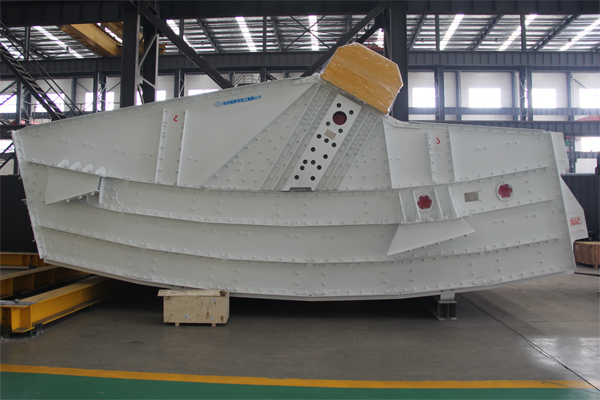What is the working principle of double deck screen?
A double-deck screen, also known as a double-deck vibrating screen, is a piece of equipment used in the mineral processing and aggregate industries to separate and size particles or materials into different grades or fractions. The working principle of a double-deck screen involves the use of multiple decks, each with different-sized screens, to efficiently separate the material into two or more fractions based on their particle size.
The working principle of a double-deck screen

Material Feeding
The material to be screened is fed onto the top deck of the double-deck screen. This can be done using a conveyor belt, a chute, or other feeding mechanisms.
Screening Surfaces
A double-deck screen consists of two decks or levels, each with a different-sized screen opening. The top deck usually has larger openings or mesh size, while the bottom deck has smaller openings.
Vibrating Motion
The screen decks are mounted on a frame and are vibrated using a motor or vibrating mechanism. This vibration causes the material to move and spread across the surface of each deck.
Particle Separation
As the material spreads across the top deck, particles that are smaller than the openings in the top deck pass through and fall onto the bottom deck. The larger particles that cannot pass through the openings in the top deck continue moving towards the end of the screen.

Second Screening
On the bottom deck, the smaller particles that passed through the top deck’s openings are further separated based on their size. The finer particles fall through the openings in the bottom deck, while the larger particles remain on the screen surface.
Discharge
The separated fractions of the material are then discharged from the screen through different outlets. Usually, there are separate discharge chutes for each deck to collect the respective fractions.
By using two or more decks with different-sized screens, the double-deck screen can efficiently classify and separate the material into multiple fractions. This is particularly useful in applications where precise particle size control and classification are essential. The efficiency of a double-deck screen can be enhanced by adjusting the vibration amplitude, frequency, and angle of the screen decks to optimize the screening process for specific materials and production requirements.



